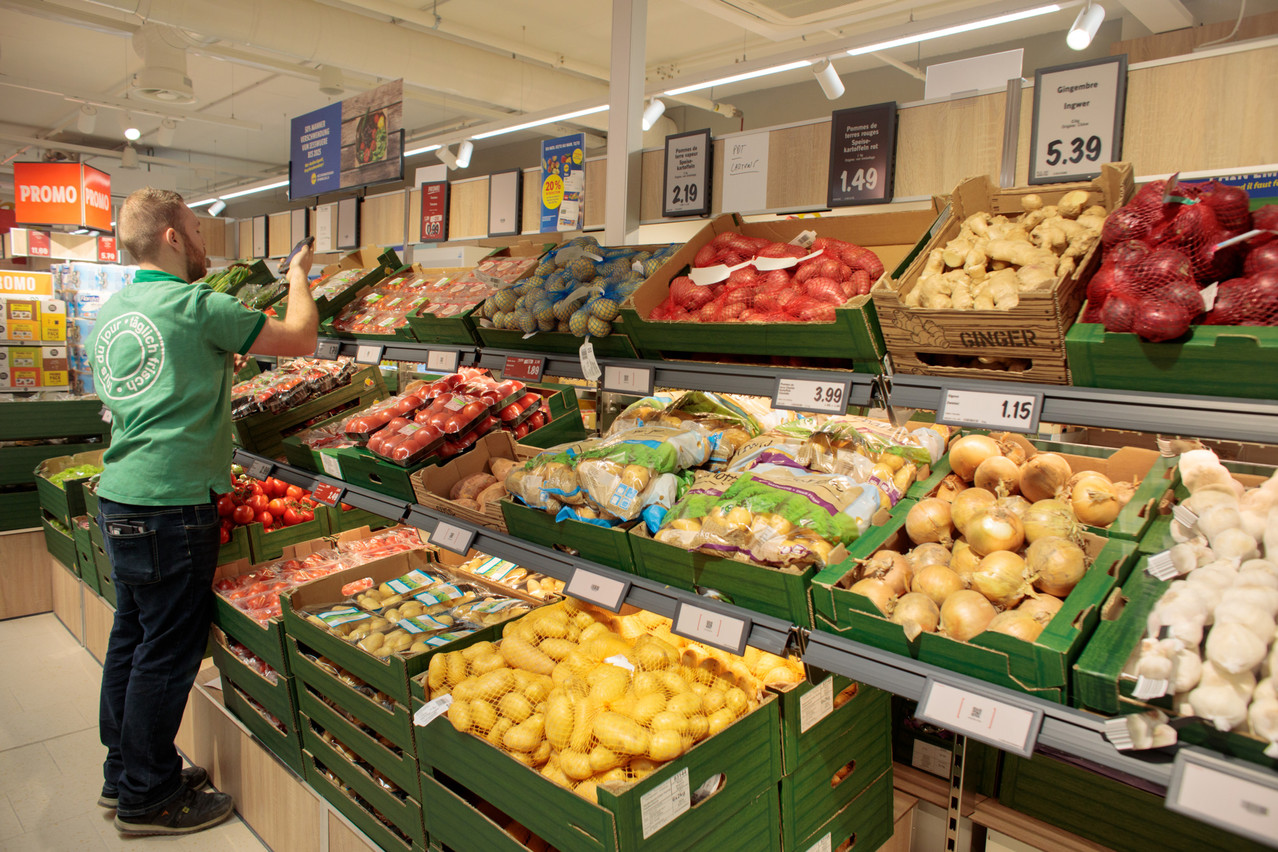Here’s a deep dive into some of the figures.
Greatest increases in Germany
This year, Germany has seen the greatest percentage change in food prices with respect to the corresponding months of 2021. In November 2022, for example, Germany saw an increase of 20.8% in food prices compared to November of the year before, while the EU on average saw an increase of 18.3% and Luxembourg saw an increase of only 10.8%.
Prices of meat up across the EU
Meat prices have also increased across the European Union compared to 2021, starting after March in particular. Germany once again saw the highest percentage changes in the price of meat, notably an increase of 16.6% when comparing prices in May 2022 to those of May 2021. It was 19.8% more expensive in November 2022 than in November 2021.
After experiencing an increase in spring of this year, the percentage change in meat prices in Luxembourg seems to have stabilised--meat in November was approximately 12% more expensive than it was during the same month last year.
On average, meat prices in the EU in November 2022 saw an increase of 17% compared to November 2021.
Minor changes in fruit prices
France, Germany, Belgium and the EU on average experienced minor percentage changes in fruit prices in spring of this year. In the grand duchy, the percentage change in the prices of fruit from February to July were even negative when compared to the corresponding months of 2021.
Increases in milk, cheese and egg prices
The prices of milk, cheese and eggs have increased across the EU this year, when compared to the corresponding months of the previous year. This is particularly the case in Germany, but less so in France and Luxembourg.
Increases in bread and cereals prices least pronounced in Luxembourg, France
As for the prices of milk, eggs and cheese, the percentage increases in the prices of bread and cereals when compared to the corresponding months of 2021 were the least pronounced in Luxembourg and France. Among Luxembourg and its neighbours, Germany experienced the greatest increase in the price of bread and cereals: an increase, for example, of 21% in November 2022 compared to November 2021.
, the harmonised index of consumer prices (HICP) measures the change over time of the prices of consumer goods and services acquired by households (inflation). The outlets from which prices are collected have been selected in order to represent the existing network and are based on popularity with consumers, significant turnover from consumer sales and the availability of goods and services being evaluated in the HICP.
Explore the tool .
